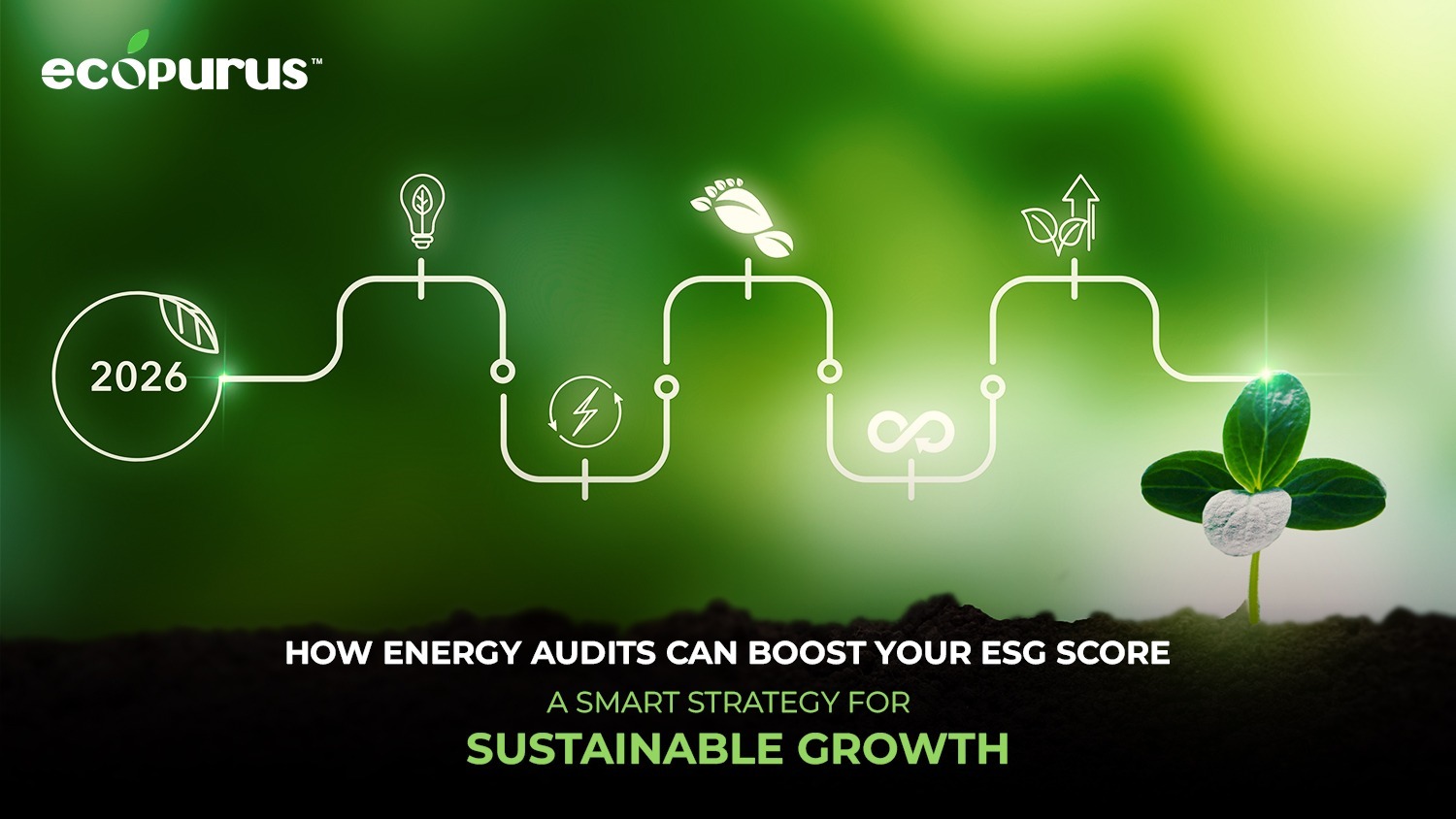
Understanding Greenhouse Gas (GHG) Accounting
Greenhouse gas (GHG) accounting is a systematic approach for companies to measure their total emissions of greenhouse gases, including carbon dioxide (CO₂), methane (CH₄), nitrous oxide (N₂O), and others. This process allows organizations to understand their environmental impact and facilitates the trading of carbon credits in the market.
The primary objective of GHG accounting is to quantify emissions to enable fair trading in the carbon market. Accurate measurement helps companies identify their carbon footprint, which is crucial for transparency with stakeholders
The UNFCCC and the Kyoto Protocol
The groundwork for GHG accounting was laid with the establishment of the United Nations Framework Convention on Climate Change (UNFCCC) in 1992. The UNFCCC aimed to stabilize greenhouse gas concentrations in the atmosphere at levels that would prevent dangerous human interference with the climate system, marking a significant step toward global collaboration on climate issues.
In 1997, the adoption of the Kyoto Protocol represented a crucial advancement by introducing legally binding emissions reduction targets for industrialized nations. The protocol aimed for an overall reduction of 5.2% below 1990 levels during its first commitment period from 2008 to 2012. Despite facing challenges such as non-participation from major emitters, the Kyoto Protocol remains a landmark in clim
GHG Protocol
Greenhouse gases (GHGs) trap heat in the atmosphere, causing global warming. The GHG Protocol, developed by the World Resources Institute (WRI) and the World Business Council for Sustainable Development (WBCSD), has become a leading standard for GHG accounting. The GHG Protocol classifies emissions into three scopes based on the source and ownership of emission-producing assets:
- Scope 1: Direct emissions from company-owned or controlled sources, such as emissions from manufacturing sites and factories.
- Scope 2: Indirect emissions from the generation of purchased electricity consumed by the company, originating from the facilities where electricity is generated.
- Scope 3: All other indirect emissions caused by the company’s activities but occurring from sources not owned or controlled by it, such as emissions from consumer vehicle use, business travel, employee commuting, and purchased goods and services. Scope 3 covers 15 categories of emissions throughout the value chain.
As emissions rise, global temperatures increase, intensifying the effects of climate change. To mitigate this, strategies are being developed to achieve net-zero emissions by 2050, balancing GHG production with removal. This goal requires a combination of emission reduction efforts and technologies for capturing and removing emissions from the atmosphere. These measures are crucial to limit the automotive industry’s carbon footprint and combat global warming effectively.
Principles of GHG Accounting and Reporting
Greenhouse Gas (GHG) accounting and reporting principles are essential to creating credible, comprehensive, and reliable emissions inventories. These principles guide the application of the GHG Protocol Corporate Standard and address ambiguities in its implementation. Key principles include:
1. Relevance
Relevant GHG reports contain the information needed by both internal and external users for decision-making. The inventory boundary should reflect the actual economic and operational reality of the business, not just its legal structure. Considerations for defining boundaries include organizational structures, operational boundaries, and the business context.
2. Completeness
All significant emissions sources within the chosen inventory boundary must be included. Challenges like data gaps or cost constraints should be transparently addressed. Omissions, if unavoidable, must be clearly documented and justified for verifiers.
3. Consistency
Consistent methodologies ensure GHG data is comparable over time. This requires uniformity in accounting approaches, boundaries, and calculation methods. Any changes to these elements must be transparently documented to maintain reliability and comparability.
4. Transparency
Transparency involves clear disclosure of the processes, assumptions, and limitations of the GHG inventory. An audit trail should allow third parties to verify the data’s credibility. Transparency also includes justifying exclusions, disclosing assumptions, and providing references for methodologies and data sources.
5. Accuracy
Data accuracy ensures that reported information is sufficiently precise to enable informed decision-making. Efforts should minimize uncertainty, avoid systemic biases, and ensure reported values neither overestimate nor underestimate actual emissions. Reporting measures taken to enhance accuracy builds credibility and supports transparency.
By adhering to these principles, organizations can create robust GHG inventories that support informed decisions, ensure accountability, and foster trust among stakeholders.
Methods of GHG Accounting
There are two main methods used in GHG accounting:
- Spend-Based Method: This method calculates emissions based on the financial value of purchases made by a company. While it is simpler and quicker, it may not provide the most accurate results due to fluctuating prices.
- Activity-Based Method: This approach uses specific data about the quantity of materials purchased and considers all steps in the supply chain that contribute to emissions. It is more precise but requires more detailed data collection.
- Hybrid Method: The hybrid method combines the two approaches.The company uses the activity-based method for electricity and raw materials, where detailed data is available, and the spend-based method for business travel, where it only has cost data.Combining this with other emissions gives a clearer picture of the company’s total footprint.
A hybrid model that combines both methods is recommended for improved accuracy in measuring a company’s carbon footprint.
By using these methods, the company can better understand its GHG emissions and identify areas for reduction, such as switching to renewable energy, sourcing eco-friendly materials, or optimizing transportation.
Importance of GHG Accounting
GHG accounting is crucial in the global effort against climate change, impacting multiple areas:
- Sustainability and Compliance: Aids organizations in adhering to environmental regulations and meeting sustainability targets.
- Transparency and Trust: Builds accountability and trust among stakeholders, including investors and customers.
- Economic Opportunities: Facilitates participation in carbon credit trading and access to green financing.
- Strategic Decision-Making: Supports data-driven strategies for emissions reduction.
Conclusion
In conclusion, GHG accounting is a vital tool in combating climate change. By implementing robust accounting methods and adapting to regulatory demands, organizations can reduce their environmental impact while gaining a competitive advantage in an increasingly sustainability-focused marketplace. As collective efforts toward climate goals continue, GHG accounting will remain central to effectively measuring, managing, and mitigating emissions.
Post a comment Cancel reply
Related Posts
How Energy Audits Can Boost Your ESG Score: A Smart Strategy for Sustainable Growth
How Energy Audits Can Boost Your ESG Score: A Smart Strategy for Sustainable Growth In…
How Eco Check Empowers Businesses To Reduce Emissions
How Eco Check Empowers Businesses To Reduce Emissions In today’s business landscape, climate responsibility is…
New SEBI ESG Debt Guidelines Raise the Bar—But Do Mid-Sized Companies Have a Ladder?
New SEBI ESG Debt Guidelines Raise the Bar—But Do Mid-Sized Companies Have a Ladder? SEBI’s…
Ecopurus Certification: Why It Matters And How To Achieve It
As people talk more about climate change and protecting the environment, businesses are expected to…











